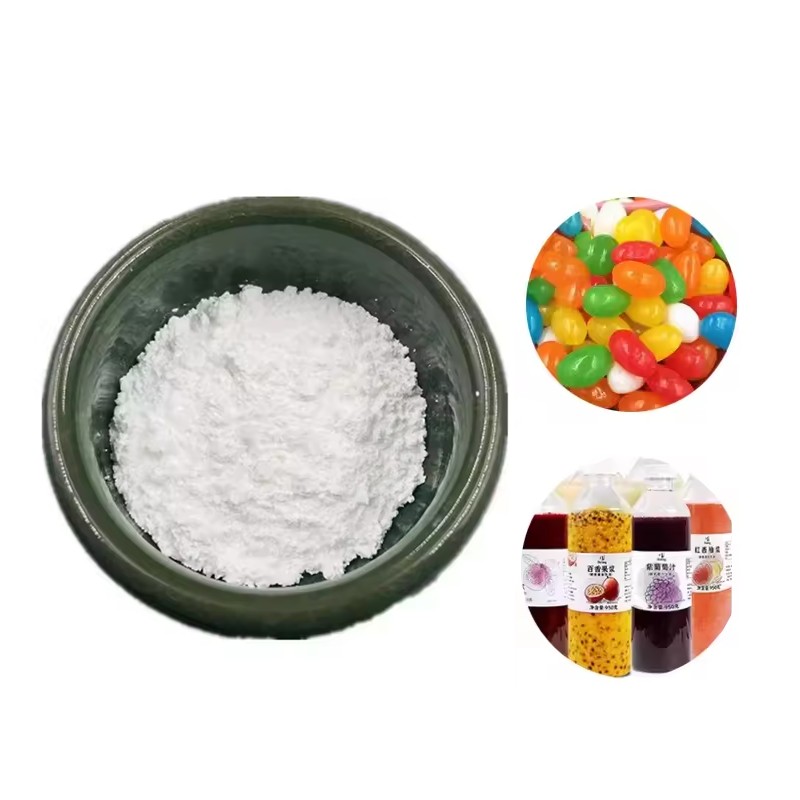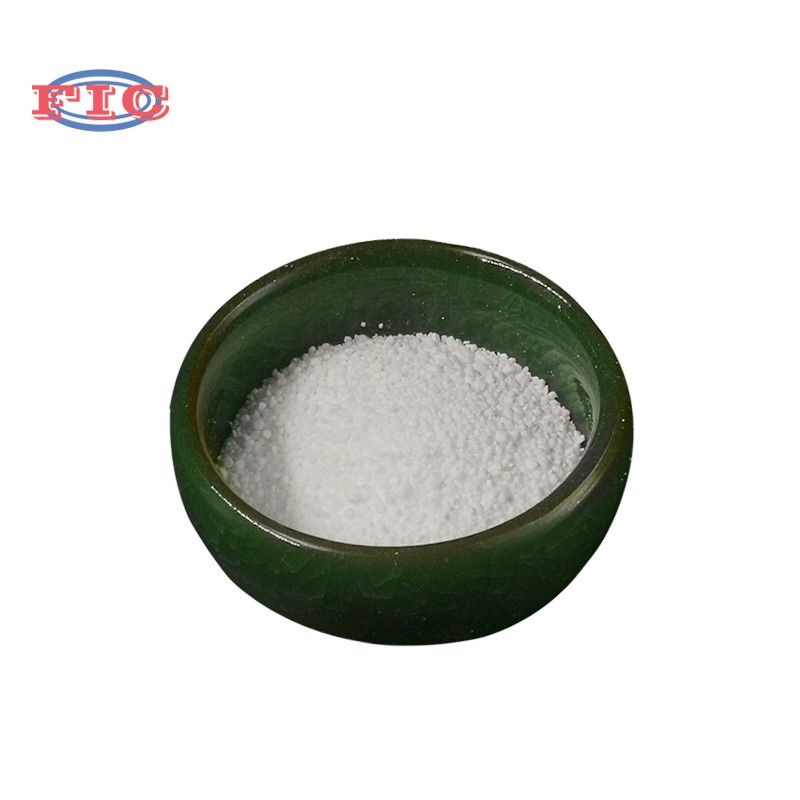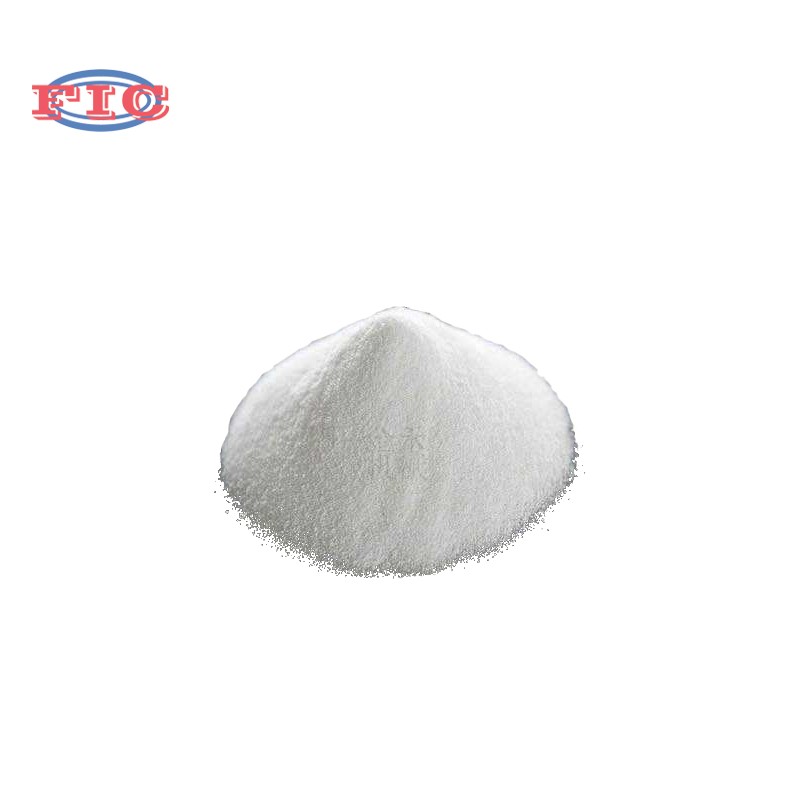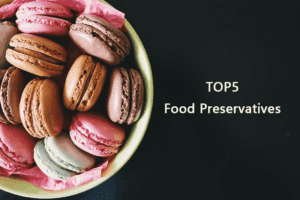Gelatin, a protein derived from collagen found in animal skin, tendons, ligaments, and bones, has long been a staple in the food industry. Its unique properties make it an essential ingredient in a wide array of food products, contributing to texture, stability, and functionality. Let’s dive deep into how gelatin shapes the foods we consume.
What is Gelatin?
Gelatin is formed by boiling collagen-rich animal parts in water. Composed mainly of amino acids like glycine, proline, and hydroxyproline, it transforms from a soluble state in hot water to a gel as it cools. This transformation forms the basis of its widespread use in food manufacturing.


Sources of Gelatin
Bovine and porcine sources dominate gelatin production. Bovine gelatin comes from cattle hides and bones, while porcine gelatin is derived from pig skin and bones. However, evolving dietary preferences have led to increased demand for halal, kosher, and fish-based gelatin, offering alternatives for diverse consumer needs. Fish gelatin, sourced from fish skin and bones, has become a popular choice for vegan and vegetarian food products.
Key Properties of Gelatin in Food
Gelling Power
Gelatin’s most renowned property in food is its gelling ability. When dissolved in hot liquids and cooled, it forms a three-dimensional network through hydrogen bonding. This network traps water molecules, creating a semi-solid gel. The strength of the gel can be adjusted by varying gelatin concentration, temperature, and pH, allowing food manufacturers to achieve textures ranging from soft puddings to firm gummy candies.
Emulsifying and Stabilizing Abilities
As an emulsifier, it helps blend oil and water-based components, preventing separation in products like creamy salad dressings and ice creams. It stabilizes foams in whipped toppings and mousses, maintaining air bubbles and ensuring a light, airy texture over time.
Thickening Capabilities
In soups, broths, and sauces, it acts as a natural thickener. It increases the viscosity of liquids, giving them a richer mouthfeel and enhancing the overall eating experience. For instance, in fruit jams and preserves, it helps achieve the perfect spreadable consistency.
Extensive Applications of Gelatin in the Food Industry
Desserts and Confectionery
Gelatin is a star ingredient in desserts. From classic fruit jellies, where it provides the iconic jiggle, to decadent chocolate mousses that owe their smooth, creamy texture to it, gelatin plays a crucial role. In confectionery, it’s the secret behind the chewy texture of gummy bears, marshmallows, and fruit snacks. Manufacturers can also manipulate gelatin to create different shapes and textures, adding an element of fun and variety to these treats.
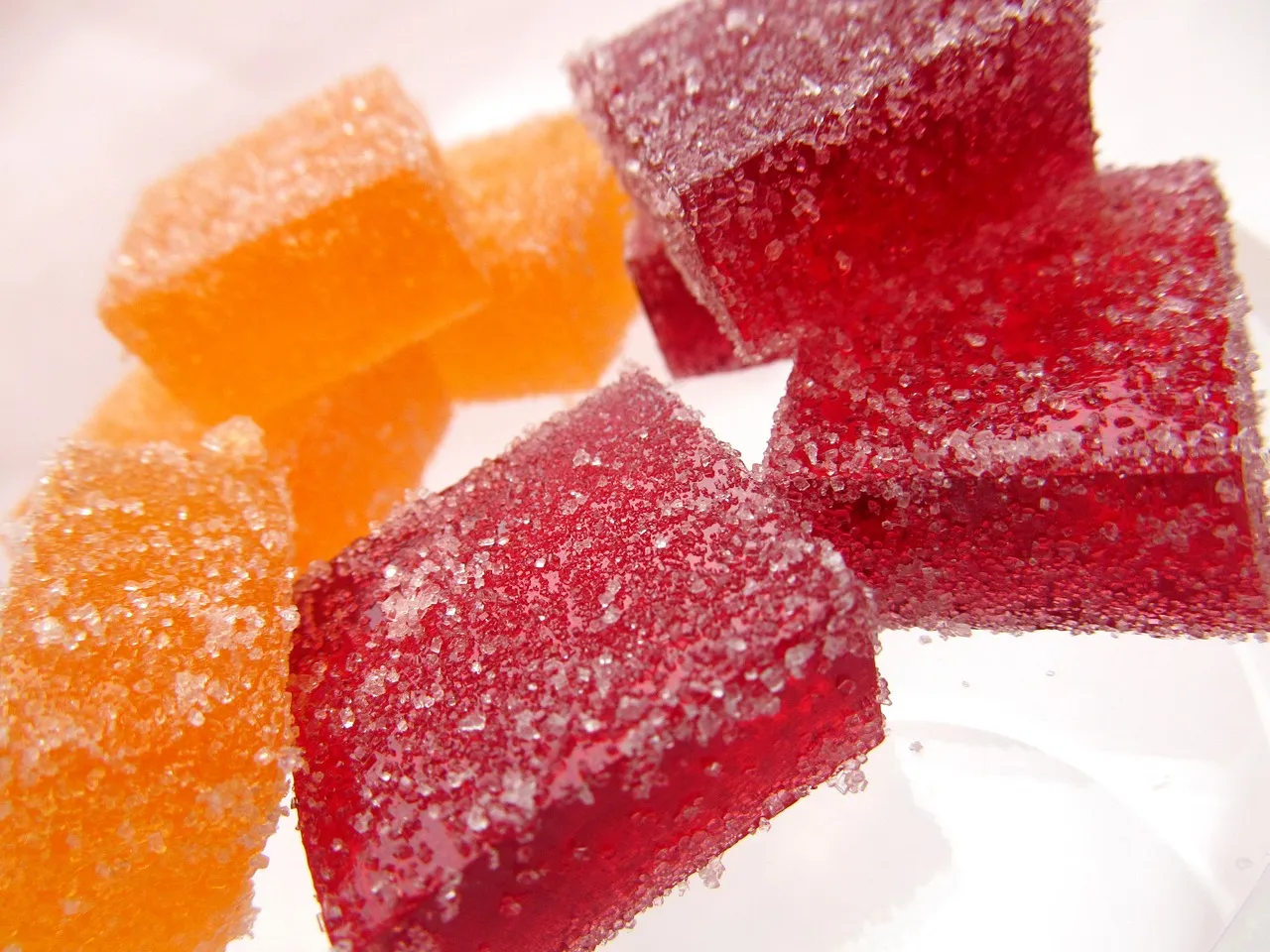
Dairy Products
In yogurt, gelatin stabilizes the mixture, preventing whey separation and ensuring a consistent texture. It’s also used in custards and puddings to give them a creamy, spoonable consistency. Some ice cream producers incorporate gelatin to improve texture, reduce ice crystal formation, and enhance creaminess, resulting in a smoother, more enjoyable frozen treat.
Meat and Poultry Products
Gelatin is used in processed meats such as sausages, hams, and luncheon meats. It acts as a binder, holding the meat pieces together and improving the product’s overall texture. Additionally, gelatin helps retain moisture, keeping the meat juicy and extending its shelf life. In pâtés and terrines, it provides a firm structure while adding a rich, smooth mouthfeel.
المشروبات
Certain beverages, like fruit juices and ready-to-drink cocktails, may contain gelatin to improve clarity and stability. It can also be used to create unique textures, such as in gelatin-based shots or layered drinks. In the production of bottled coffee drinks, it helps prevent sedimentation and maintains a consistent appearance.
Health Considerations Related to Gelatin in Food
Gelatin is a good source of protein, offering essential amino acids that support muscle growth, repair, and overall bodily functions. The glycine in gelatin has been linked to benefits like improved sleep quality and reduced inflammation. However, for those following strict vegan or vegetarian diets, animal-derived gelatin is off-limits, which is why plant-based alternatives are gaining traction. Additionally, individuals with certain religious dietary restrictions need to ensure the gelatin used in food products aligns with their beliefs.
Conclusion
Gelatin’s versatility makes it an indispensable ingredient in the food industry. Its ability to gel, emulsify, thicken, and stabilize contributes to the creation of countless delicious and appealing food products. As consumer demands for specific dietary options and clean-label ingredients evolve, the future of gelatin in food will likely see continued innovation, from the development of new sources to improved manufacturing processes. Whether it’s the wobbly jelly on your dessert plate or the creamy texture of your favorite ice cream, it is quietly working behind the scenes to enhance your food experience.
القراءة الموصى بها:Explore our premium gelatin products

